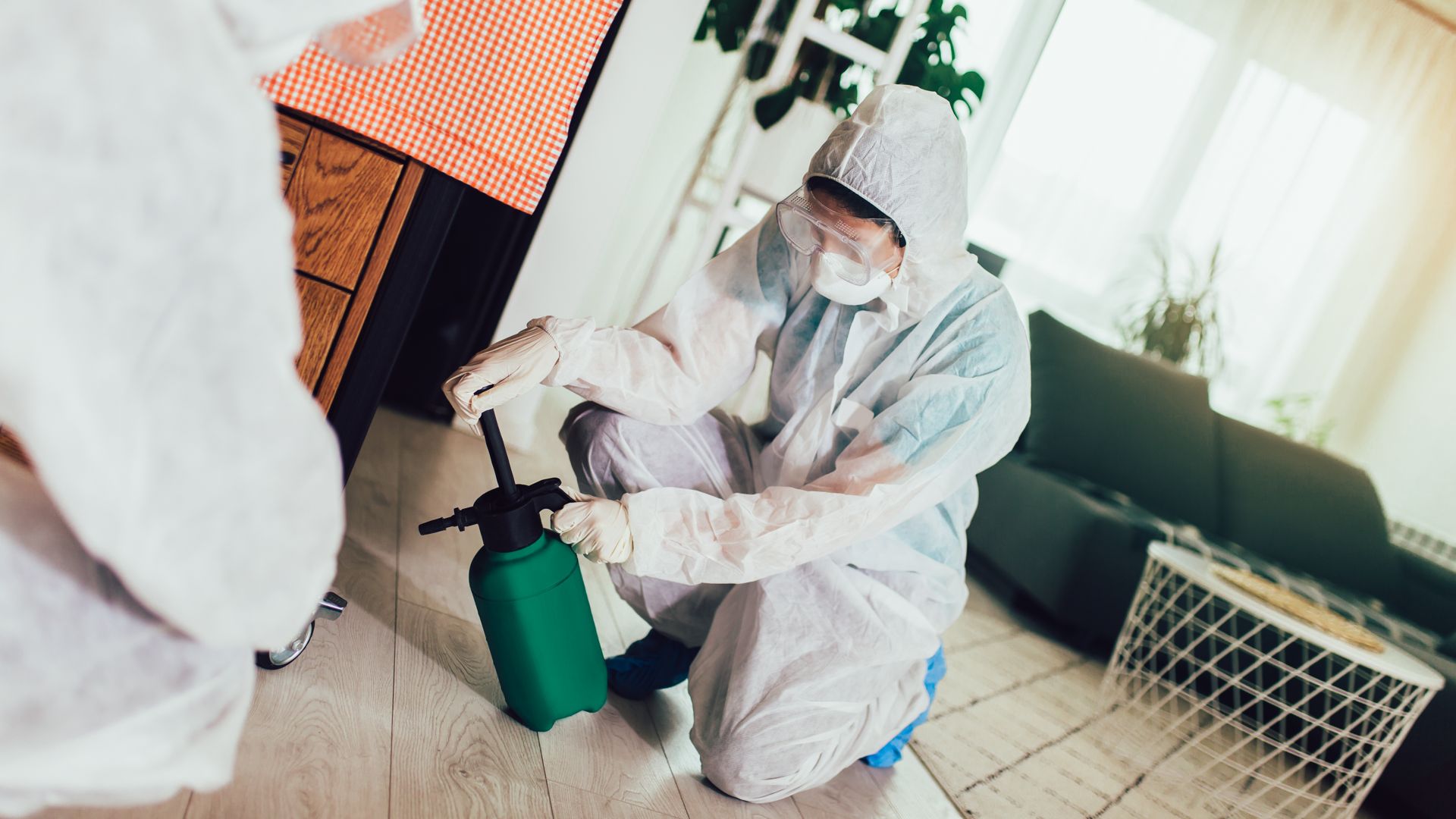Dangers Wildlife Pose To Houston Homes
Texas is home to some of the most exotic animals in the United States including the addax, Afgan urial, dama gazelle, and markhor. But the animals that wander into our yards and invade into our homes aren’t exotic at all. In fact, they're usually common invaders. These invaders are probably so common because they are experts at living in urban environments alongside humans. Let's take a look at a few of the common wildlife pests in our area and talk about the dangers they can present.
As far as home-invading wildlife are concerned, you can probably expect the pests we are about to name. These pests are quite common intruders and are known to cause problems for homeowners all throughout the United States, not just in Texas. This group of pests in made up of mice, rats, squirrels, bats, and raccoons. However, we're not going to focus on mice and rats as much as the other wildlife animals mentioned above as their invasiveness puts them into a category all their own!
To get into your home, squirrels, bats, and raccoons will usually exploit vulnerabilities in your roof. They are particularly drawn to roof-soffit intersections. When a roof crosses over another roof, it creates a hidden spot that these invading animals can use to chew or force their way inside. Squirrels will chew and raccoons will push up against flimsy aluminum materials and to gain entry into your home. After these damages have been done, bats can also gain entrance. This act of getting into a home is the first way these wild animals are a danger, not to you, but to your home!
Once inside, squirrels, raccoons, and bats can cause damage to building materials in your home and contaminate your attic spaces with their feces and urine. The first will present a danger to your home and your personal belongings, but the second can pose a significant health threat to you and your family members. Exposure to the feces and urine left behind by wildlife can make you sick, so it’s important to always wear protective equipment such as gloves, masks, or respirators when cleaning up wildlife nesting areas.
When attempting to clean these nesting areas, it is also possible to run into one of these animals. For this reason, it is important to be aware that animals can be dangerous when cornered or when protecting their young, even squirrels! It is also vital that you understand the risks of being bitten by a wild animal. While rodents aren't a threat for rabies, they are capable of spreading plague bacteria, which can make you very sick and possibly even be fatal. Raccoons, on the other hand, aren't linked to the plague, but they are one of the greatest rabies threats in the United States, second only to bats! Some wild animals that don't commonly invade out homes such as skunks, foxes, and coyotes, are also a high risk for rabies. If the wild animals on your property or worse, in your home, have contracted rabies, this makes them even more of a threat as the rabies virus can make animals behave unexpectedly, appearing docile and friendly, and then attacking aggressively, without warning.
If a squirrel, raccoon, or bat has found its way into your home, there is a possibility that it didn't come in alone. Fleas, ticks, and other parasites are often brought into homes by invading wildlife, and these parasitic insects come with their own lists of harmful diseases. Some of the diseases spread by these parasites can or have lifelong health implications or even be fatal.
When bats get in, they can carry bat bugs in with them. These parasites are a cousin of bed bugs and their host of choice is bats, hence the name “bat bugs”. While the risk of a bat bug infestation is low, it is important to keep this threat in mind. Like bed bugs, bat bugs are extremely difficult to get rid of once an infestation takes root. And, while they prefer to feed on bats, they'll feed on humans as well if that is their only option.
When you see wildlife animals in your yard or you detect signs that you may be dealing with a wildlife infestation in your home, contact a wildlife professional to take care of them as there is a lot that can go wrong if you attempt to remove wildlife animals on your own.
If you live in the Greater Houston area, partner with us at Modern Pest Control! Our wildlife control team has the training and technology to safely remove those animals and deal with the contamination and secondary pest issues that can result from these infestations. We'll perform a detailed inspection to diagnose the problem, set the appropriate traps in strategic locations to remove any animals present, and seal active entry points to keep new animals from replacing the ones that were removed. Our comprehensive wildlife control services work to fully resolve wildlife problems and help prevent future problems.
Get started today by requesting an inspection. It's free! And once we identify what you're up against, we can work with you to find a solution that works best for your specific situation. For more information, reach out to us at Modern Pest Control today!

.2503110807321.jpg)
.2412110613398.jpg)
.2412110610205.jpg)